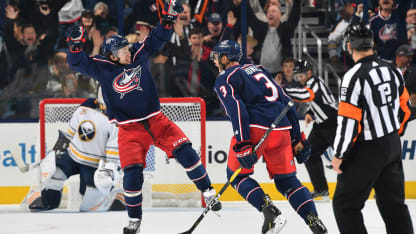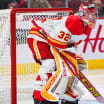This season 129 games have gone past 60 minutes, with 92 being won in overtime compared to 37 in the shootout. The numbers used to be almost reverse before 3-on-3, with more games being decided in the shootout than in overtime.
The standings are being impacted again.
The Edmonton Oilers have won five of their eight games that have been decided in overtime, helping them get in position as the second wild card in the Western Conference with 39 points. The Winnipeg Jets have won five of their six games decided in overtime, an extra five points that has helped them to a four-point lead on the Nashville Predators for first place in the Central Division.
The New York Rangers have lost four of their five games decided in overtime. They'd be two points out of a playoff spot with those extra four points; instead they are six points back.
What about strategy? Well, the overtime period is being won with it, plus a solid mixture of skill and execution. It's not run and gun. It's not a free-for-all. There's a method to the madness, so to speak.
Overtime is all about puck possession and maintaining it at all costs.
The key is patience and waiting for an outnumbered opportunity to present itself. Teams never will relinquish possession for a line change, frozen puck or face-off. The good overtime teams are patient enough to retreat and change personnel, even if 30-40 seconds tick off the clock, until they get one optimal opportunity.
Turnovers, careless passing and even missing the net on a scoring chance invites quality scoring chances against you almost right away. Players must make good decisions with the puck, which means knowing when to shoot, when to turn back and regroup, and even when to use your goaltender. You only change with possession.


















